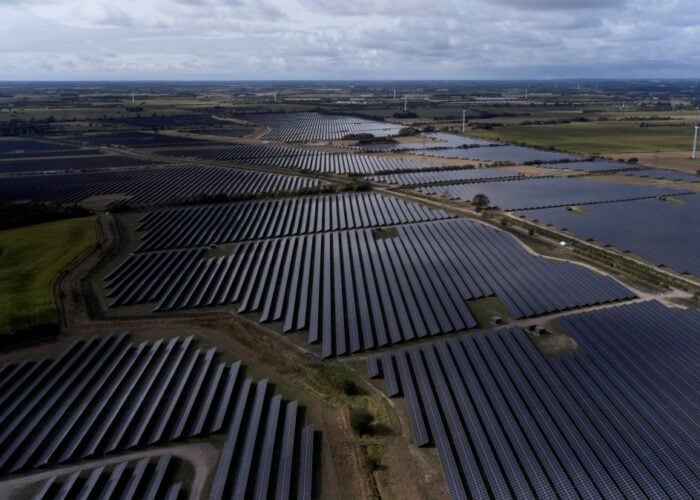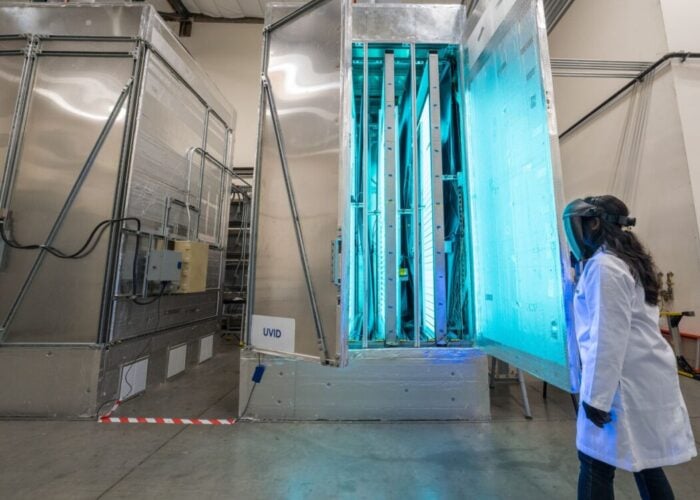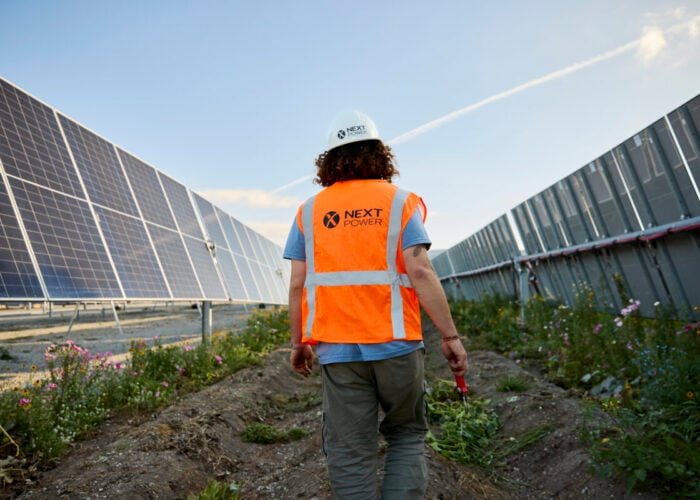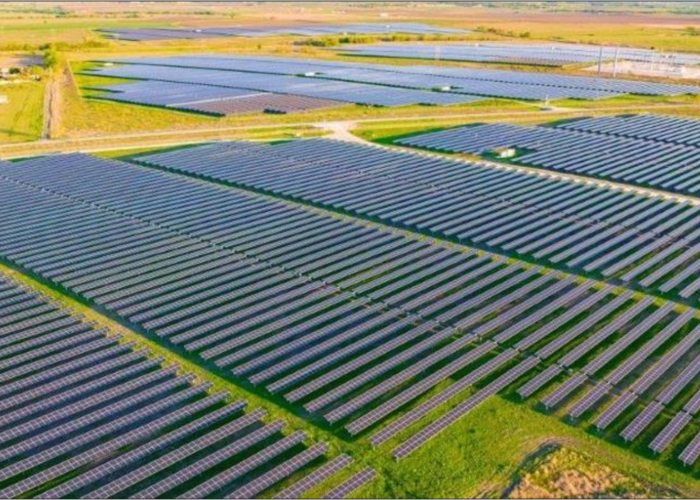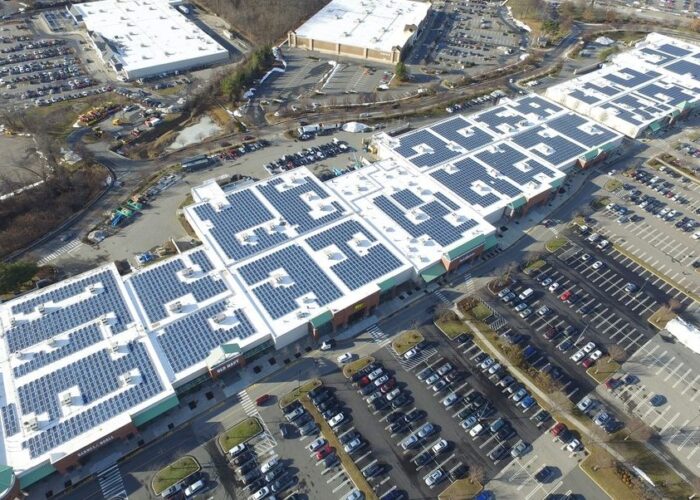REC Solar’s ‘TwinPeak’ multicrystalline module series combines a number of enhancements to provide 280 watt peak (Wp) performance. The new module features 120 half-cut multicrystalline cells, four bus bars, passivated emitter rear cell (PERC) technology, and a split junction box. Together, these technologies enhance power output by around 10Wp per module.
Problem
Try Premium for just $1
- Full premium access for the first month at only $1
- Converts to an annual rate after 30 days unless cancelled
- Cancel anytime during the trial period
Premium Benefits
- Expert industry analysis and interviews
- Digital access to PV Tech Power journal
- Exclusive event discounts
Or get the full Premium subscription right away
Or continue reading this article for free
Conventional multicrystalline and monocrystalline PV modules suffer from significant (2% plus) cell to module conversion efficiency losses. Reducing losses, enables higher performance and lower cost, while improving overall energy yield from the same surface area.
Solution
TwinPeak modules use half-cut standard cells connected in series, in three strings. The reduced loss of power in a half-cut cells produces a higher fill factor and higher cell efficiencies resulting in better energy yields, especially at times of high irradiance. The improvements made in the reduction of resistance through half cut cells add an overall around 4Wp per panel extra power output, according to the company.Panels with a higher fill factor have a lower series resistance meaning reduced loss of current internally in the cell. TwinPeak modules are split into two twin sections which generate electricity independent to each other, but combine again before the current exits the module. This helps them to continue producing electricity in the non-shaded section even at times of reduced irradiance on the module.
Applications
Residential, commercial, and industrial markets.
Platform
The half-cut cells are a standard cell that has been split into two equal pieces to produce smaller cells. Power loss is generally proportional to the square of the current, therefore power loss in the complete TwinPeak Series panel is reduced by a factor of four (Ploss = R . I², where R is the resistance and I is the current). The PERC architecture improves the light absorption of the cell, boosting overall performance, and the addition of a fourth bus bar increases the flow of current, improving efficiency and reliability. Splitting the junction box into three separate units enables a new layout also reducing heat build-up and bolstering module reliability.
Availability
Volume production Q1 2015.

